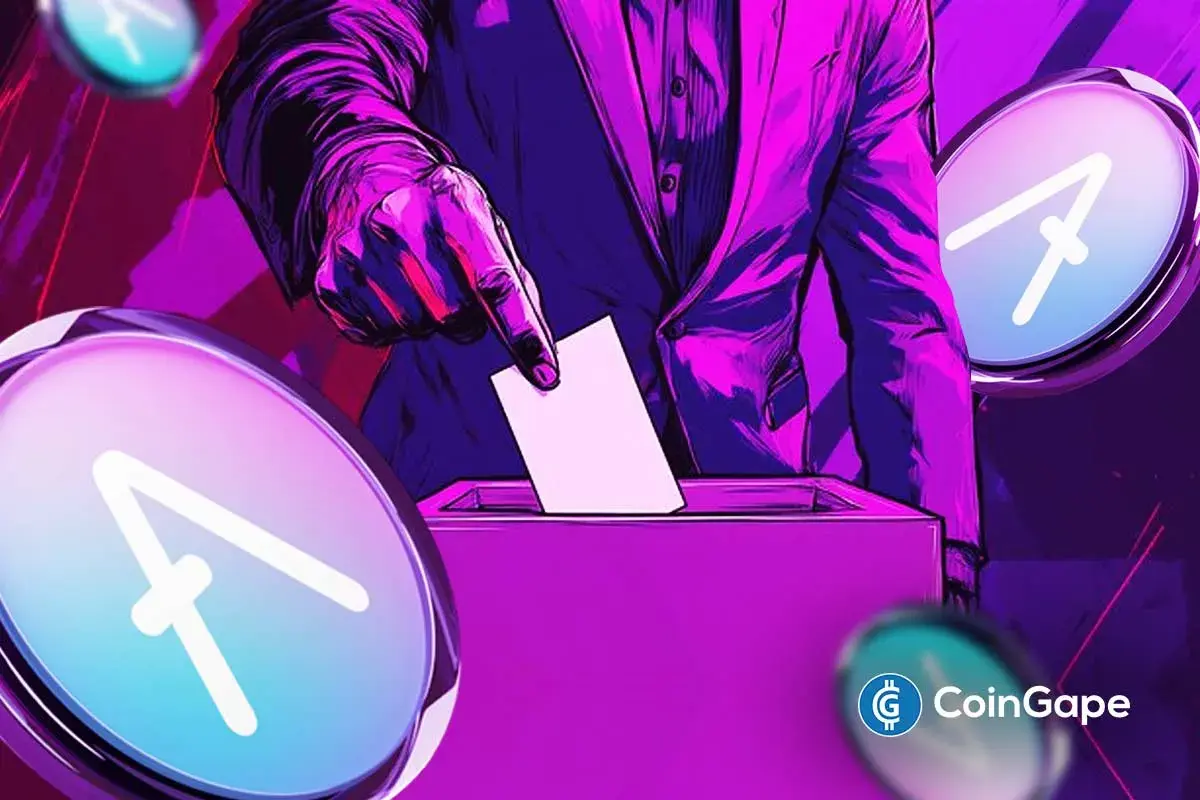Ethereum’s ongoing underperformance against Bitcoin has reignited debate over what’s holding the asset up, and who’s really behind its demand.
According to Bitcoin advocate Samson Mow, roughly $6 billion in South Korean retail money is now propping up so-called Ethereum treasuries, companies accumulating ETH as a balance-sheet asset echoing MicroStrategy’s Bitcoin strategy. Mow issued the claim in an Oct. 5 post on X, arguing that “ETH influencers” have been flying to Seoul to court retail traders chasing the next “strategy play.”
According to CoinMarketCap, as of Oct. 6, ETH has slipped about 1.9% in the past 24 hours and is down roughly 5% against Bitcoin over the past month. That weakness, Mow suggested, exposes how short-term retail enthusiasm, rather than institutional conviction, is sustaining Ethereum’s valuation.
Data from the Strategic ETH Reserve shows that 67 entities, including BitMine and SharpLink, collectively hold about 5.49 million ETH (roughly $25 billion), or 4.5% of the total supply.

Mow attributed much of this exposure to South Korean retail investors known locally as seohak gaemie, claiming they’ve funneled around $6 billion into Ethereum treasury companies. He argued that promoters have been marketing these firms as the “next MicroStrategy,” luring traders seeking easy analogs to Bitcoin’s corporate accumulation playbook:
“Many of these investors have zero idea about the ETH/BTC chart and think they’re buying the next strategy trade.”
He warned that enthusiasm built on “financial illiteracy” could backfire, especially as Ethereum continues to lag behind Bitcoin in relative performance.
Ethereum’s price performance reflects the concern. Despite periodic inflows and renewed narrative pushes, ETH has remained capped below its previous all-time high of $4,946 and continues to weaken against Bitcoin. The ETH/BTC ratio has fallen by over 5% in the past year, reinforcing the perception that much of the support for Ethereum’s market cap is narrative-driven rather than based on fundamental growth or institutional adoption.


Mow’s critique aligns with comments from Mechanism Capital co-founder Andrew Kang, who has also cast doubt on the financial logic behind Ethereum-based treasuries. Kang pointed to projects like Tom Lee’s BitMine as examples of “undisciplined treasury models” that lack the financial structure seen in successful Bitcoin-holding firms. “The technicals for Ethereum are bearish,” Kang said, adding that ETH’s long-term range could remain between $1,000 and $4,800 without a major change in fundamentals.
Kang concluded that Ethereum’s valuation “comes primarily from financial illiteracy,” comparing its speculative momentum to XRP’s historical rallies. He argued that while retail hype can sustain a large market cap for some time, it’s not a durable base: “The valuation that can be derived from financial illiteracy is not infinite.”
Whether Korean retail demand becomes a new structural pillar for Ethereum, or the last gasp of a fading narrative, may depend on how long the “ETH treasury” story can outrun the chart.
Mentioned in this article
























